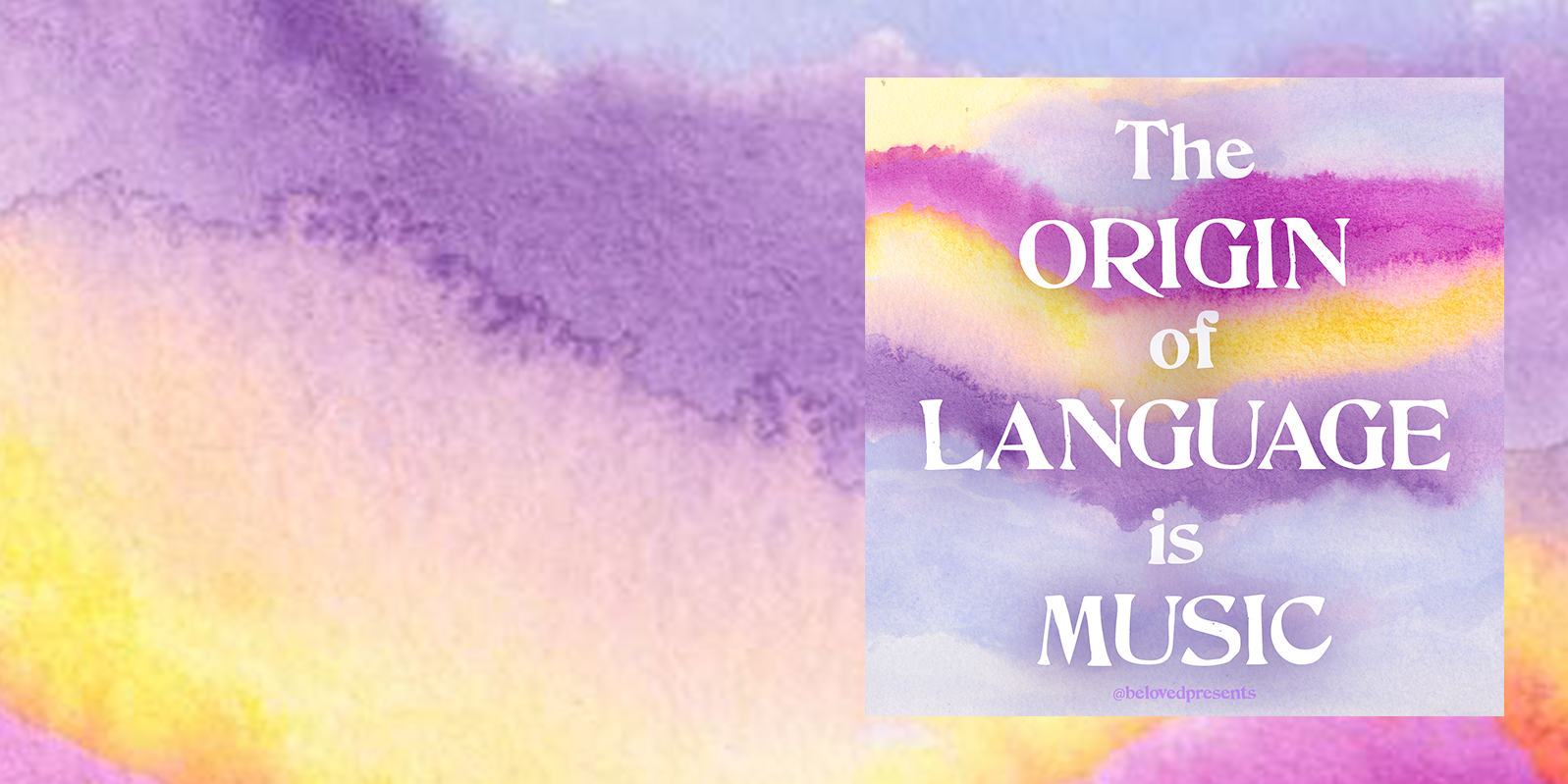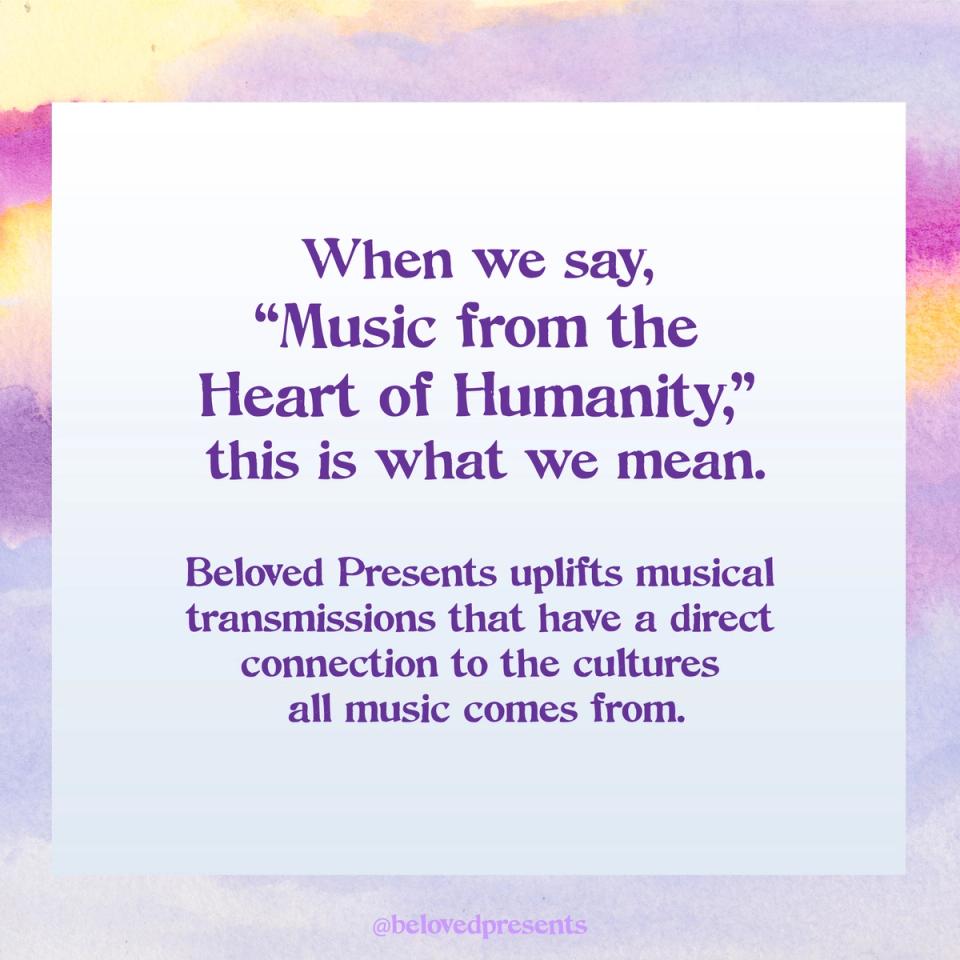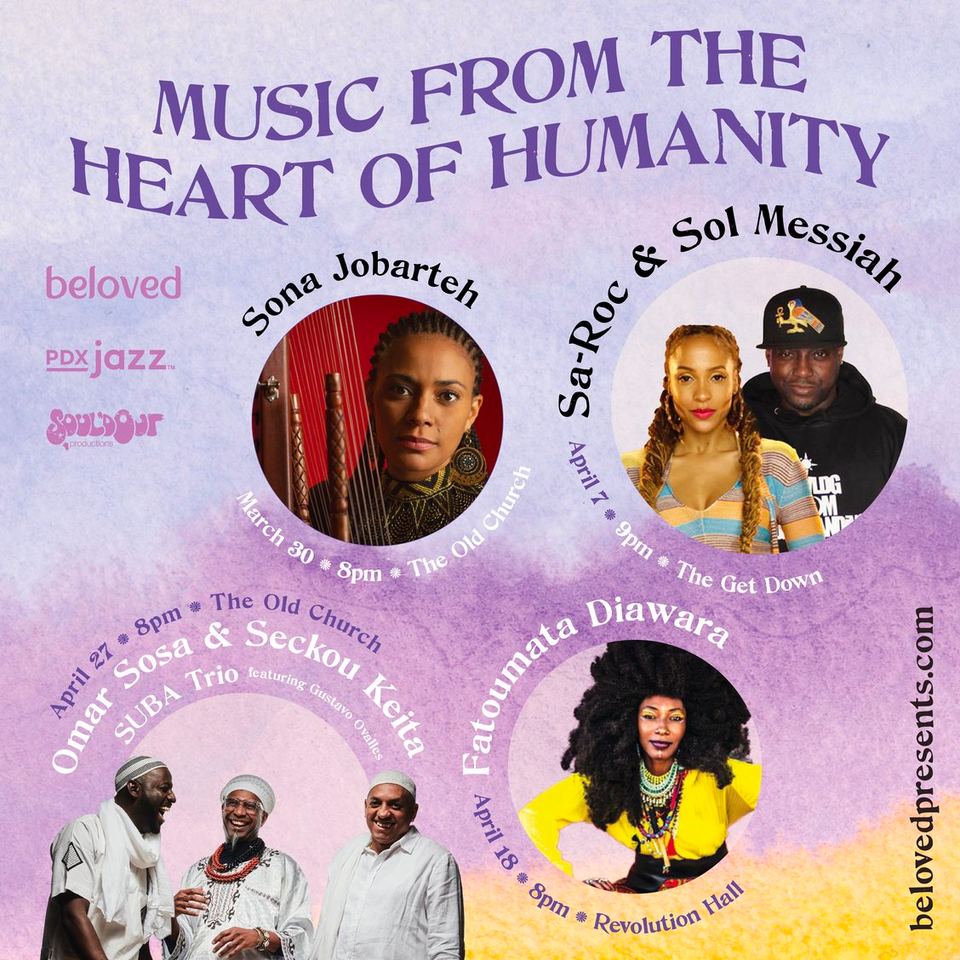
The Origin Of Language is Music
Research from Jerome Lewis, a leading figure in the field of language evolution, has led to this startling and fascinating claim: the origins of language are in music.
Based on years of field work living with contemporary hunter-gatherer societies in the Congo Basin in west equatorial Africa, Lewis gave a lecture at the University of Edinburgh outlining the ways polyphonic singing among women as well as animal mimicry were the progenitors of modern language.
During new moons, when it was the darkest, predators who saw better at night were more likely to strike. Women and children would gather and create synchronized group noise to ward off animals by sounding like a much larger animal. They would sing throughout the night, in what became a kind of ritual theater: the origin of ceremony, of moon calendar tracking, and of language itself. Combined with female cosmetic coalitions, women’s ritualistic behavior helped maintain egalitarian societies.
At the same time, hunters employed animal mimicry to aid in their success, which also became a lexicon for group communication. These survival behaviors reinforced social cohesion and what anthropologists have called “reverse-dominance” notable in immediate-return cultures where power is not hoarded by individuals.
“When our ancestors were vulnerable hominins equipped with limited weaponry, they kept predators away by increasing the range and diversity of their vocal calls.
This led to choral singing, primarily by females, and deceptive mimicry of animal calls, primarily by scavenging and hunting males.
A critical feature of our model is the core principle of reversal, whereby deceptive signals aimed originally by a coalition against an external target are subsequently redeployed for honest communicative purposes within the group.
We argue that this dynamic culminated ultimately in gestural, vocal, and ritual metaphor, opening the way to word formation and the rapid emergence of grammar.”
– from Wild Voices: Mimicry, Reversal, Metaphor, and the Emergence of Language
***
The Music is The Land
Polyphonic singers did not “make up songs about the forest” but rather were an aspect of the forest itself, not a differentiation or abstraction. This type of technology still exists worldwide (see also: joik traditions in Northern European indigenous Sámi peoples) as well as in extant hunter-gatherer societies.
Music arose as an eruption from the earth of interspecies relating, and so became the underlying structure upon which language and ritual developed.

When we say,
“MUSIC
from the
HEART OF HUMANITY,"
this is what we mean.
We are uplifting musical transmissions that have a direct connection to the cultures all music came from.

From percussive lyricists preserving thousands of years of oral tradition and praise singing by hip hop artists and modern griots, to the hunting + masked dance songs of Wassoulu influencing modern Malian music, to the rhythms of the ocean waves and the lute-harp kora in Afro-Latin-Caribbean jazz fusion, the sounds of our origins are alive in the artists we feature.
